In this blog post, I will give a detailed view of running PHP files on localhost on the Windows 11 Operating System.
1. Open a web browser of your choice and search for xampp. Click on the first link.
2. Once the link opens, you will be able to see the version for Windows. Click on that version. It will start to download.
3. Once the download is complete, click on the exe file and minimize the browser. It will show a warning. Click on yes.
4. In the setup window, it will show a warning. Click on Ok.
5. In this window, click on Next.
6. XAMPP server comes with many tools. So, I am going to leave everything as default and click on Next.
7. This will be the location where it will be installed. If you want, you can change the location. I am going to leave it as default and click on Next.
8. In the language window, I am going to choose English and click on Next.
9. In this window, click on Next.
10. I am going to select google Chrome for opening the file. Then, click on Ok.
11. It will take you to a web page. Minimize it and click on Next. It will start the installation process.
12. Once the process is complete, it will show some warning. Click on allow access option.
13. In the next window. Click on Finish.
14. It will start the XAMPP server on your Windows 11 Operating System. Once it is opened, you will be able to see the icon in the taskbar by clicking on the arrow button. I am going to start the Apache server first. In front of apache, click on Start.
15. Once the apache server starts, it will turn to green color. You can also see the stop button.
16. Now, go to a web browser of your choice and search for localhost, and press enter. If you see this kind of window which is provided in the image below, then the apache server is running successfully on your Windows 11 Operating System. If these features are not free to your Windows 11 Operating System by any chance then your apache server will show some error.
17. To solve this error, go to your browser and search for localhost. If you see this kind of image which is provided below, then the apache server is running successfully. On this web page, you will be able to see PHPMyAdmin. Click on that.
18. But for now it will not open that admin window. It will show some errors. This is because we have not started the MySQL server. You have to start MySQL just like how you did for apache.
19. Once the MySQL server is running, you need to refresh the web page. It will show this kind of interface which is provided in the image below. From here, you can create databases, run SQL queries, and can do many things related to databases.
20. If port 80 of the apache server is already occupied by some other server, then the apache server will show some error. XAMPP comes with Netstat which will tell you the ports that are already occupied by 80. It will show the list of all the ports. In this window, port 80 is occupied by the apache server.
21. For changing the port, click on stop. Then, click on the config button. Here, you need to choose the first option.
22. It will open a notepad file. You need to scroll down until you listen to 80. The default port is 80. You can change it to something else. I am going to change it to 8080. Then, save this file. You can close the file after saving it. Once you have done that, you can start your apache server.
23. This time you can see that the port has been changed.
24. Now, go to your browser and search for localhost. This time it will not open. This is because the server is running on a different port. So, if you change the port number you need to add a colon and type the port number, and press enter. This time it will open. Similarly, the earlier PHPMyAdmin will also not work. You need to use it from this localhost.
25. Now, you need to minimize the window and go to the location where we have installed the XAMPP server. By default, it will be installed in the C directory. Go to the XAMPP folder and go to the htdocs folder. Once you are inside the htdocs folder, you can create any folder of your choice. Right-click and create a new folder. I am going to name it myapp.
26. Inside the folder, first create a text document and create a PHP file. After creating the file, you need to open it with visual studio code. Here, I am going to name the PHP file as test.php and press enter. I am going to write a simple PHP program. Once you are done save the file.
27. Now, go to your favorite browser and type localhost along with your port number if you have changed the port number. Instead of the dashboard in the link, you need to type your folder name along with your file name. Then, press enter.
28. It will display the output.
29. To run the PHP files in your command prompt, you have to add the PHP path to your environment variable. To copy the path, you have to go to your XAMPP folder, PHP folder, and copy the path.
30. Click on the search icon and search for the environment. In the environment window, click on the path under system variables.
31. Click on new and paste the path. After pasting the path, click on Ok in all the tabs.
32. Now you need to restart your visual studio code. Hover over the terminal and click on the new terminal.
33. It will start the PowerShell terminal. Since PowerShell is the default terminal in my Windows 11 Operating System, it will open using that. If you want you can change it command prompt.
34. I have changed it to command prompt. To run your file, type the PHP space name of your file.php and press enter. It will display the output.
35. When you click on the extension and search for php, it will display all the php related extensions. You can install any extension you want.
These are the steps for running PHP files on localhost on your Windows 11 Operating System.



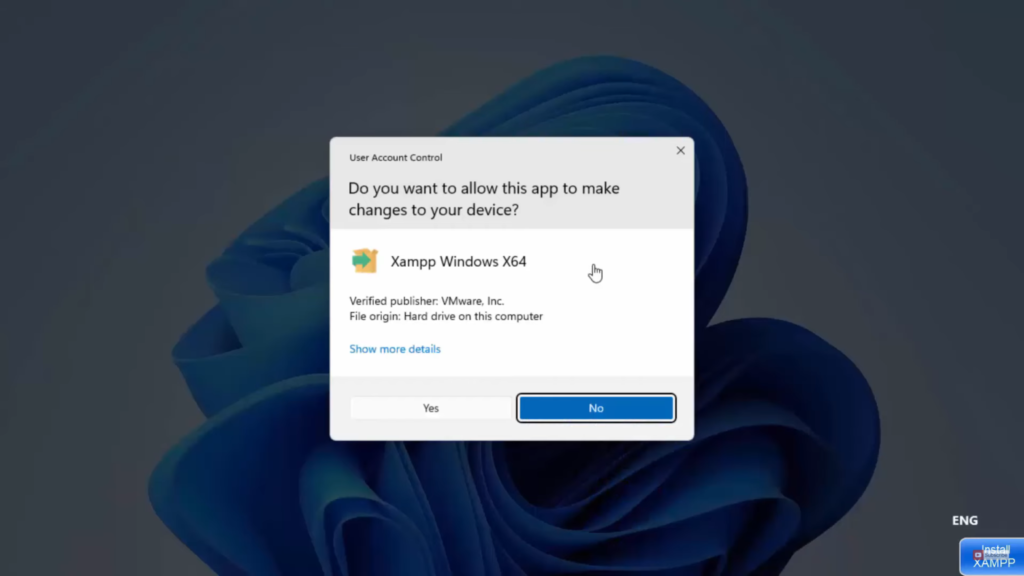
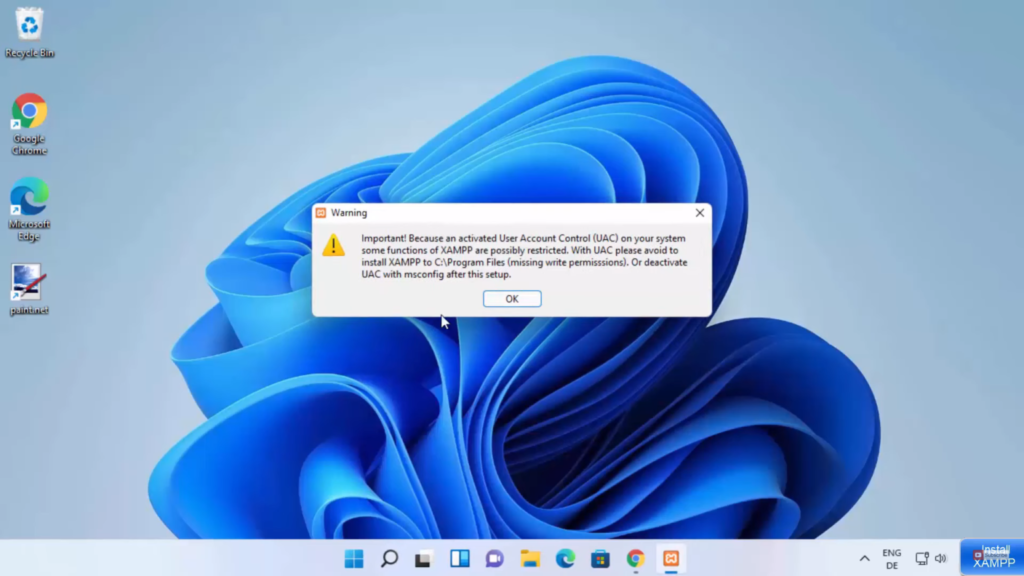












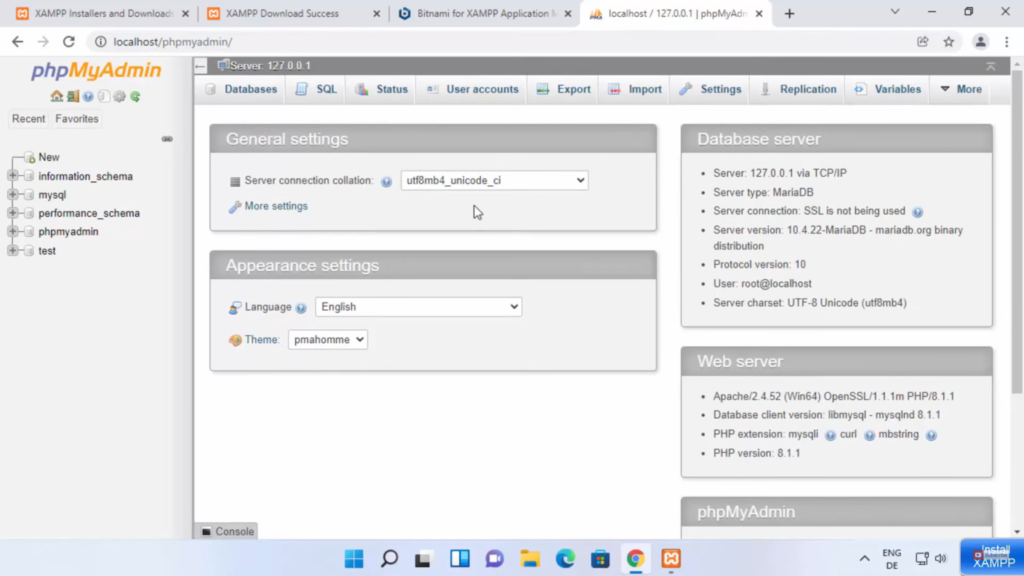




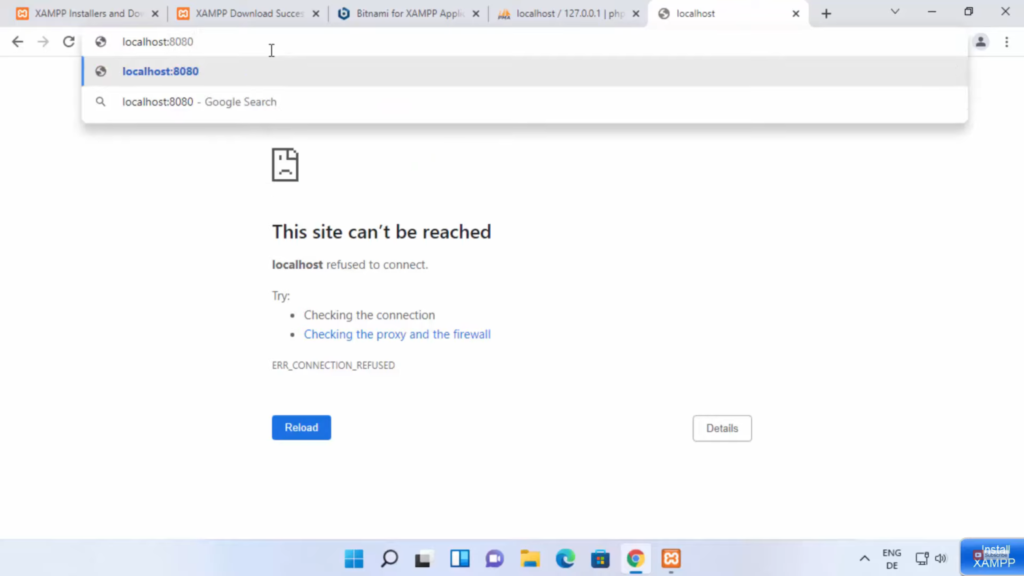









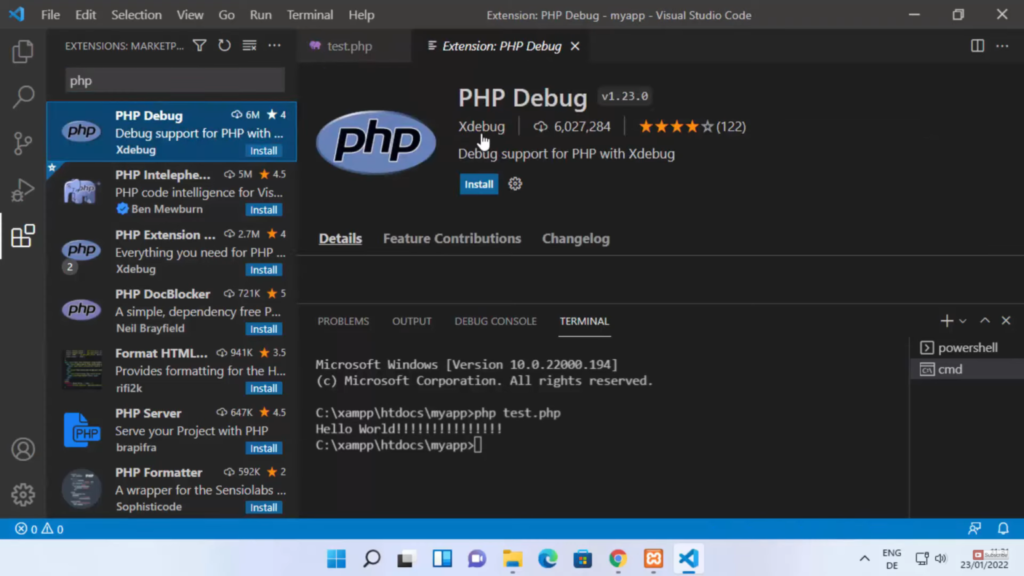
Leave a Reply